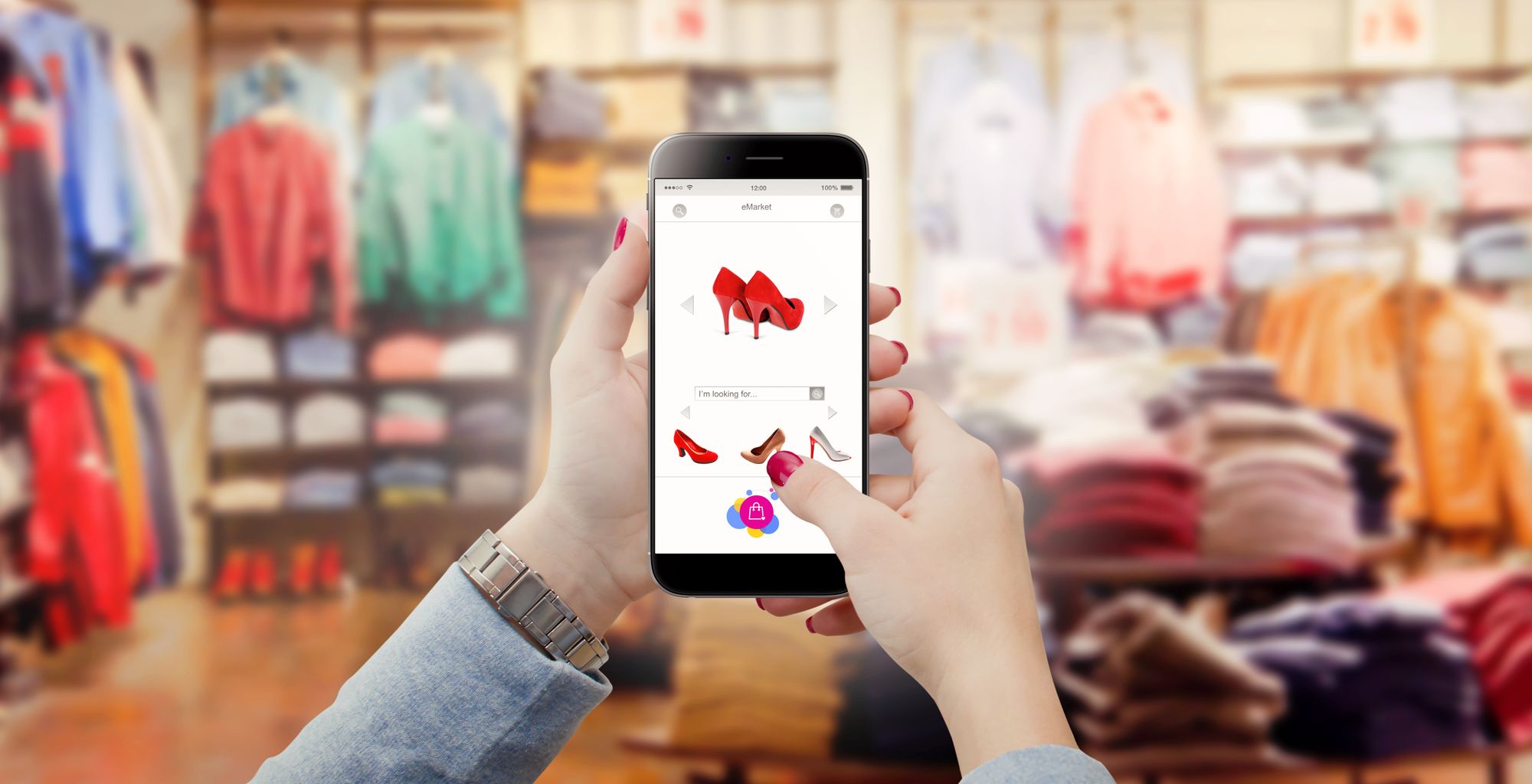
WooCommerce 3D Product Configurator: The Ultimate Guide
Consumers are increasingly ready to spend more online, and WooCommerce has managed to streamline the process of launching an eCommerce business. This article is a guide on choosing a 3D product configurator for your WooCommerce store.
Table of Contents
Looking into WooCommerce 3D product configurator options? You aren’t alone.
The fact is, no matter what your niche is, the eCommerce landscape is getting crowded. Consumers are increasingly ready to spend more online, and WooCommerce has managed to streamline the process of launching an eCommerce business. It’s a win-win. Except of course, when your eCommerce business struggles to stand out amongst the growing crowd.
According to an Epsilon report, 32% of customers expect personalized experiences, while 80% are more likely to buy from companies with customized offerings. To offer superior shopping experiences, many brands on WooCommerce are turning toward 3D product configurators.
This article is a guide on choosing a 3D product configurator for your WooCommerce store.
What Is a WooCommerce 3D Product Configurator?
WooCommerce 3D product configurators are interactive design plugins for customers to tailor products to their needs. There are several product examples of this. Typically, they come with various features and functionalities such as drag and drop, AR, zoom, and more. For instance, a customer can configure a chair using options such as material, width, color, armrest design, etc.
As an eCommerce solution for WordPress, WooCommerce is one of the most popular eCommerce platforms for creating and managing online stores. It also provides many other features such as inventory, payments, checkout, shipping, and tax management. As a result, it’s a go-to choice for many enterprises for their 3D product configurator.
Why are WooCommerce Store Owners Using 3D Product Configurators?
WooCommerce store owners need to overcome the challenges associated with regular 2D configurators whose images make it hard to discern all the details of the product. Here are a few reasons why they’re turning to 3D product configurators to help them:
- Better customer experience: The 3D visuals in a 3D product configurator distinguish it from 2D static images. Customers can relate more to the product and enjoy a better experience engaging with it.
- Fewer returns: The more detail you can see on a product, the less concerned you’ll be about what you're buying. 3D product configurators give customers more insight into the product, ensuring they are aware of all its features before buying.
- Higher conversion and retention rate: According to Deloitte, 41% of customers want customization in order to make unique product purchases. Having a 3D configurator ensures higher conversion and customer satisfaction, and helps to reduce customer acquisition costs.
- Automation: 3D configurators can integrate easily with internal technologies such as an ERP system. Businesses can enable direct-to-customer (D2C) purchases with the configurator automatically generating a bill of materials (BOM) for manufacturers.
- Higher ROI: 3D product configurator helps boost sales through better engagement and higher conversion. On top of that, customers are willing to pay more for customized products.
WooCommerce 3D Product Configurator Examples
Here are examples of WooCommerce 3D Product Configurators:
Threekit
The Threekit product configurator for WooCommerce helps brands set up 3D product visualizations on their WooCommerce store. It enables customers to customize the product to their preferences. On top of that, it provides features for automatic order processing, asset management, and manufacturing product materials such as BOM, CAD files, assembly instructions, etc.
Zakeke Interactive Product Designer
This is a 3D product configurator that lets customers configure and visualize different kinds of products. It helps to streamline the buying process by automating a buyer’s journey. Some of its key features include text customization, AR functionality, and mobile support.
Havi Proper Product Customizer
Havi Proper Product Customizer is a 3D product design and visualization tool. It enables customers to build different item variations such as Jewelry, Sofa, Blazer, etc. It integrates seamlessly with WordPress and WooCommerce and is a fully-responsive, omnichannel product configurator.
Expivi Plug and Play
This is a 3D generator plugin for WooCommerce. It is an easy-to-use interactive 3D configurator that integrates easily with an eCommerce store. Also, it provides web-based AR functionality, direct-to-consumer processing (DTC), helping you automate the entire supply chain.
The Plugin Route vs. The Custom Route
Should you buy your 3D product configurator in the form of a plugin, or should you opt for a custom-built product configurator? Before comparing the two, consider the critical factors that may influence your decision, such as constraints, cost, workflow, processes, and features on the configurator.
Let’s compare the differences between buying or building a 3D product configurator.
Pros of Buying
- Lower cost: Buying a 3D product configurator is less expensive than building it from scratch. Besides, you can always find free and premium options to leverage. So if you have a limited budget, buying is a better choice.
- Faster setup: Buying a product configuration leads to faster implementation and setup time.
Cons of Buying
- Little to no customization: What's the point of providing customers with a customizable experience if you can't customize the configurator? Since you’re buying a pre-built solution, you may miss out on specific features. Often, configurators like these come with just the right mix of generic functionalities to serve multiple businesses. You can’t customize the interface, modeling environment, or add additional functionality to the configurator.
- Incompatibility issues: Because of its generic structure, you may be unable to integrate with existing enterprise technologies.
- Security and maintenance issues: The developer or vendor may discontinue support for the configurator in the future. This will leave you with an obsolete 3D product configurator with limited functionality and no improvements. If you decide to buy, see that the vendor adheres to data protection and security laws.
- New features take time: It takes time to deliver new features that’ll be compatible with all stores. It’s a good idea to know the vendor’s roadmap before buying.
- Upgrade issues: WordPress upgrades often lead to plugin clashes or bloat if not done correctly, and technical support for specific needs may be non-existent. That impacts customer experience, leaving you with more problems than solutions.
Pros of Custom
- Robust architecture: If you’re using a vendor like Salsita, enterprise-grade technology and experience go into the building, deploying, and maintaining the 3D product configurator. For this reason, you’re sure to get a reliable configurator that you won’t break down when you need it the most.
- Custom configurator: Rather than rely on generic designs and features on plugins, you have complete control over the look and feel of the 3D product configurator.
- Better integrations: You can seamlessly integrate with your existing workflow and technologies without hassle. The vendor integrates the configurator with your e-shops, back-office systems, and manufacturing process.
- Exceptional support: The vendor is always available to help. With a custom-built configurator, you’ll receive direct access and support from the vendor on training and technical support. This means you can rapidly identify and fix bugs in the configurator.
- Developer freedom: If you opt for a custom build configuration, you can choose the tech stack that best suits your workflow and expertise. Since you're familiar with the tech stack already, maintenance costs are lower.
- Extendable functionalities: Since it’s a custom-built solution tailored to your needs, you can more easily extend it to add features such as parametric configuration, omnichannel delivery, and Augmented and Virtual Reality.
Cons of Custom
- Higher initial cost: Custom-built solutions are typically costlier than pre-built ones. Because of this, most enterprises with limited budgets will do better by buying a configurator plugin. However, the cost of ownership and maintenance is bound to be lower in the long run compared to prebuilt 3D configurators.
- Longer implementation: While custom builds have tremendous benefits, it can take longer to build and set up the configurator.

It’s Time to Level Up Your WooCommerce Customer Experience
3D product configurators can boost your sales, drive better engagement and retention, enable better business automation, and enhance customer experience.
WooCommerce store owners have to prioritize customer experience, customization, and time to market as key criteria in any configurator. Rather than remain limited or face a lengthy time to market, you should consider a third alternative to the 'build or buy‘ question—a hybrid solution that offers the advantages of both. This is what Salsita offers.
Salsita 3D Configurator provides a pre-built framework that can be tailored to your specific business needs. As a result, you benefit from the flexibility and agility of a custom configurator and the faster implementation of a pre-built one. KILO Furniture needed a 3D product configurator with the flexibility and agility to meet their existing WooCommerce website and future enhancements. And that’s what they accomplished after implementing Salsita 3D Configurator. More than that, it enabled higher scalability and automation through seamless integration with existing backend systems and manufacturing processes.
By leveraging Salsita 3D Configurator, they developed a custom 3D product configurator using React. After the successful launch of their configurator, they’ve extended its functionality to include multilingual support and added a new product range of customizable furniture products.

Want to learn more about your options when it comes to 3D product configurators for WooCommerce? Check out our article: WooCommerce Product Configurators vs Salsita 3D Configurator.










